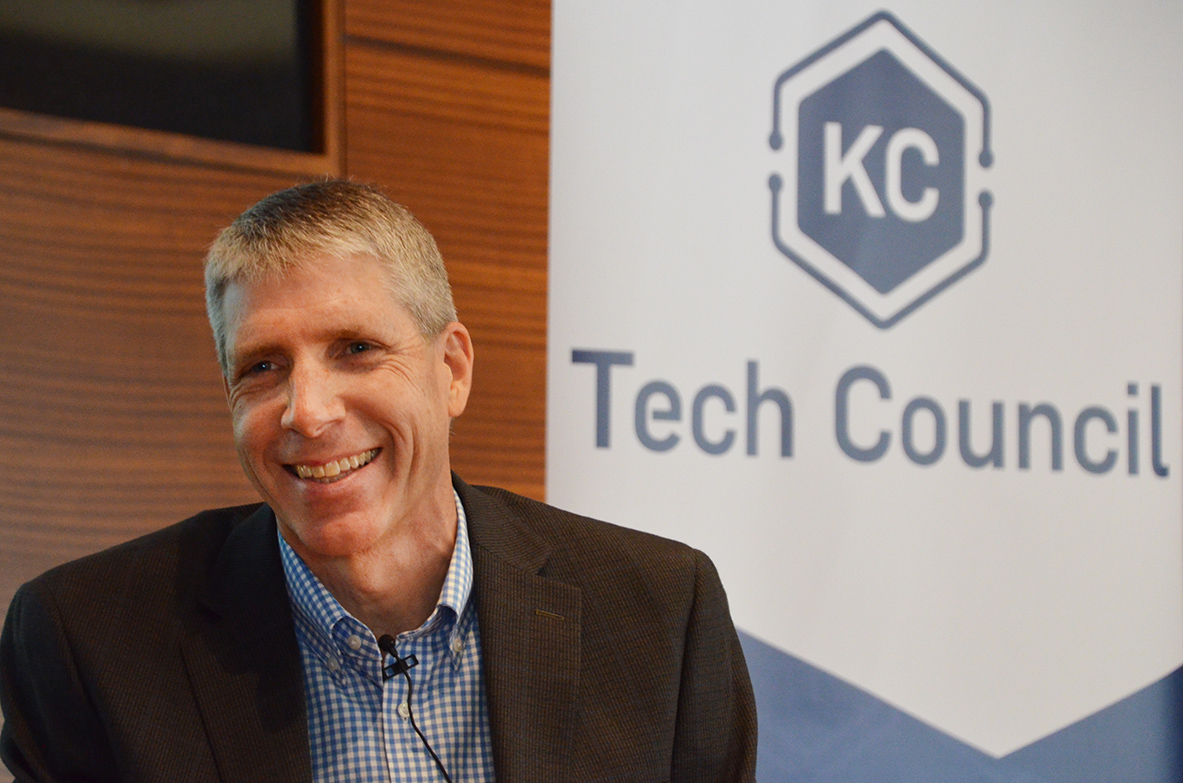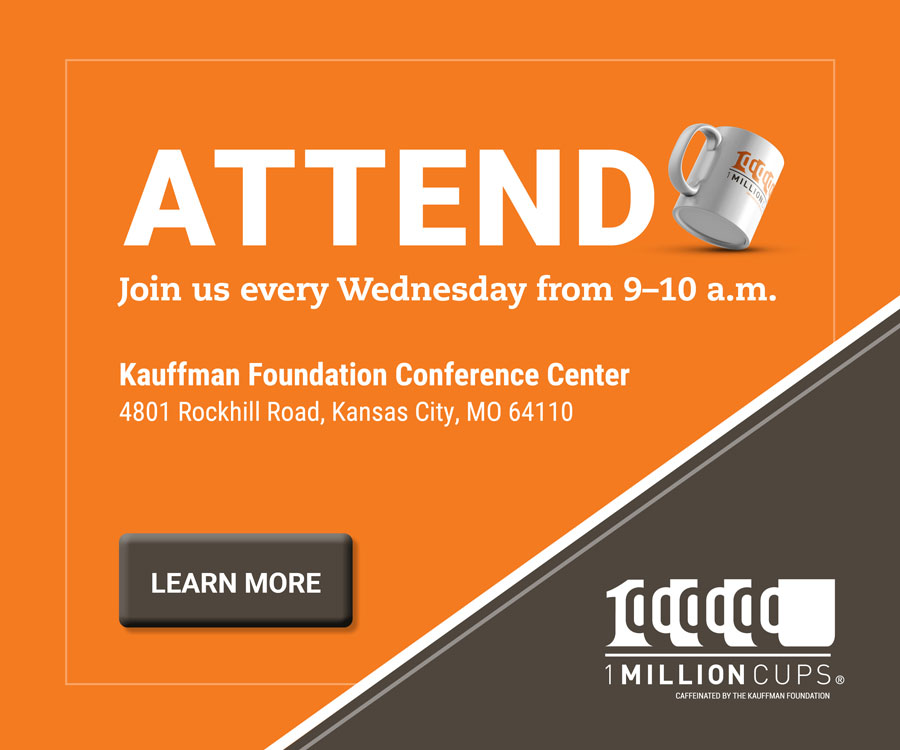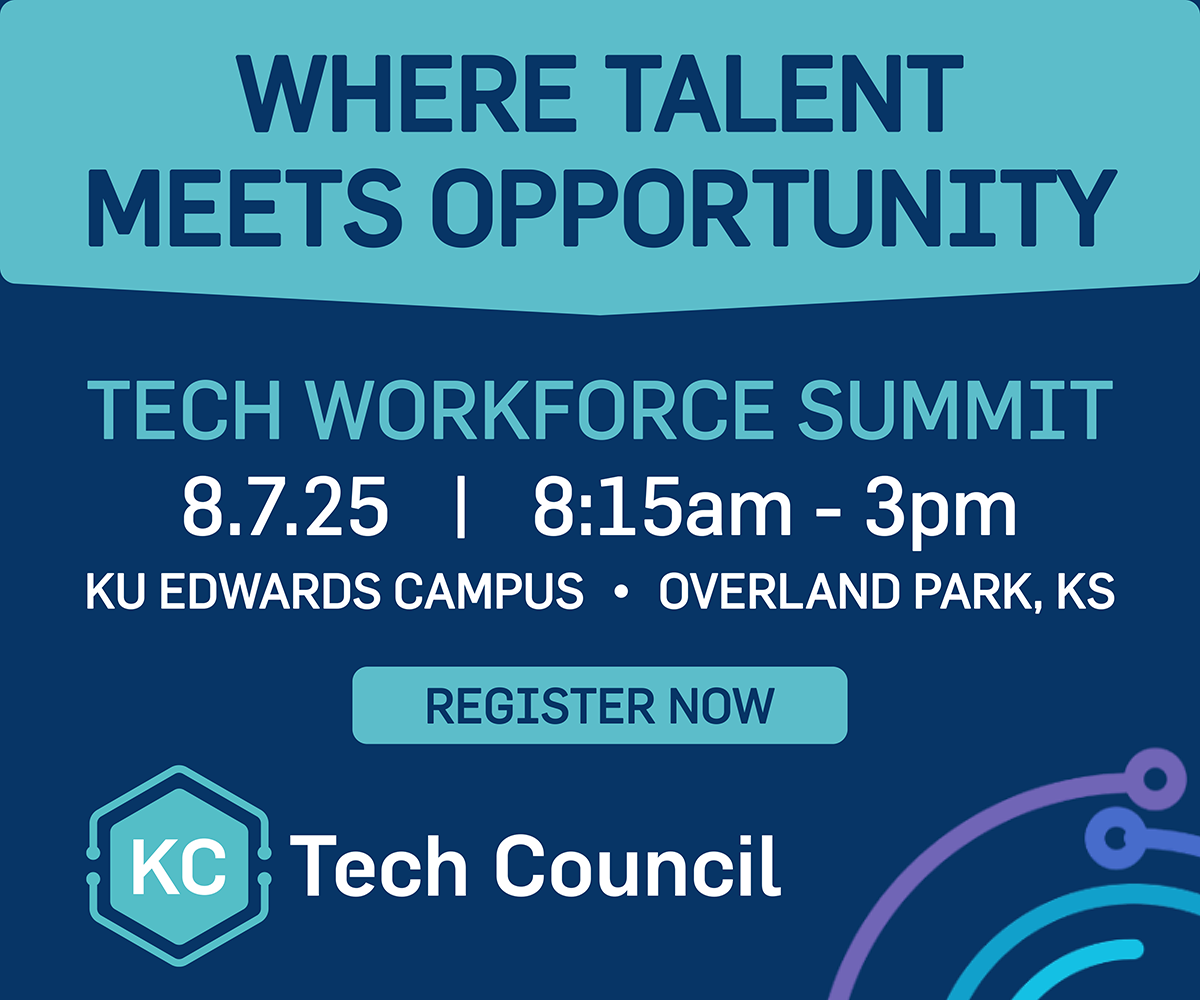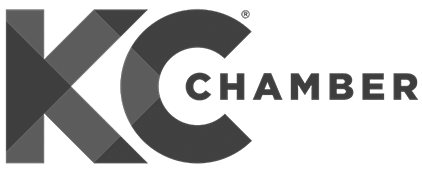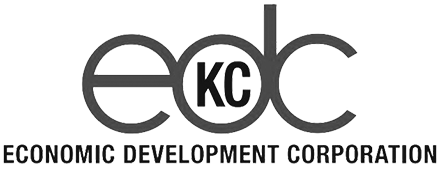It began like any other startup, said Clifton Pemble, Garmin’s sixth employee and now CEO of the $11 billion GPS tech firm.
“I joined Garmin and it was literally just days later that we were gathered in a little place over at 95th and Pflumm — two rooms in a small strip mall kind of setting,” Pemble recalled of the company’s founding nearly 30 years ago. “They had their kitchen tables and chairs and we were buying trash cans at the store and setting up where we were going as a company.”
Making a rare public appearance Thursday, the software engineer-turned-executive joined the KC Tech Council for a Q&A-style interview with Royals broadcaster Joel Goldberg. Since those humble beginnings in 1989, Olathe-based Garmin has grown to more than 12,000 workers in 32 countries, Pemble said.
“We do everything from dogs to airplanes,” he said, noting the company’s GPS business segments in aviation, marine, outdoor, fitness and, of course, automotive.
Recent market reports indicate Garmin had revenue of $888.49 million for the previous quarter, up 3.2 percent on a year-over-year basis.
“In terms of things that keep me awake at night, I would say that I’m actually less concerned about this quarter and how we’re doing, as I am about keeping our innovation pipeline full, making sure we have lots of good ideas, have a future beyond just this quarter or this year,” Pemble said.
Ready for a change
The son of a small-town Montana minister, Pemble didn’t touch a computer until he attended college at Mid-America Nazarene University in Olathe, he said.
“It’s starting to feel like a long time ago in a way-different world, but I don’t think people even in big cities had computers in their homes back then, and we were just starting to see the revolution of computing technology take place in society,” Pemble said.
Through networking with his professors, he landed a job at King Radio where Pemble met the men who ultimately would found Garmin: Gary Burrell and Min Kao. (Burrell was the vice president of engineering, while Kao was a group leader who reported to Burrell, Pemble said.)
When Kao announced to his work group at King Radio (by then known as AlliedSignal) that the two were leaving to start a new company, the response was low key, Pemble said.
“He really didn’t say much about it. He didn’t make a big deal out of it. And a lot of us just wondered, ‘Well, what do they have in mind?’” he recalled. “I was also at a point in my career — having worked for three whole years in one place — that I was ready for a change and especially looking for something new and interesting to do. I wanted to apply my skills in a broader way and be able to have a bigger impact.”
It wasn’t long before his phone rang.
“Gary called me late at night. That was his tactic. He would call you at 10 at night, just before you were about to fall asleep, and convince you into doing something,” Pemble said.
He later found himself in Burrell’s car after a McDonald’s drive-thru run, visiting an empty building in Lenexa that the Garmin founder said could one day be the company’s manufacturing plant, Pemble said.
“It was very puzzling to me: How would you start manufacturing here, at that time, in Lenexa, Kansas?” he said. “But I watched it literally happen. We’ve been able to build a stronger company, a company that’s able to have higher profitability, more flexibility. We can leverage technologies and resources across different product lines.”
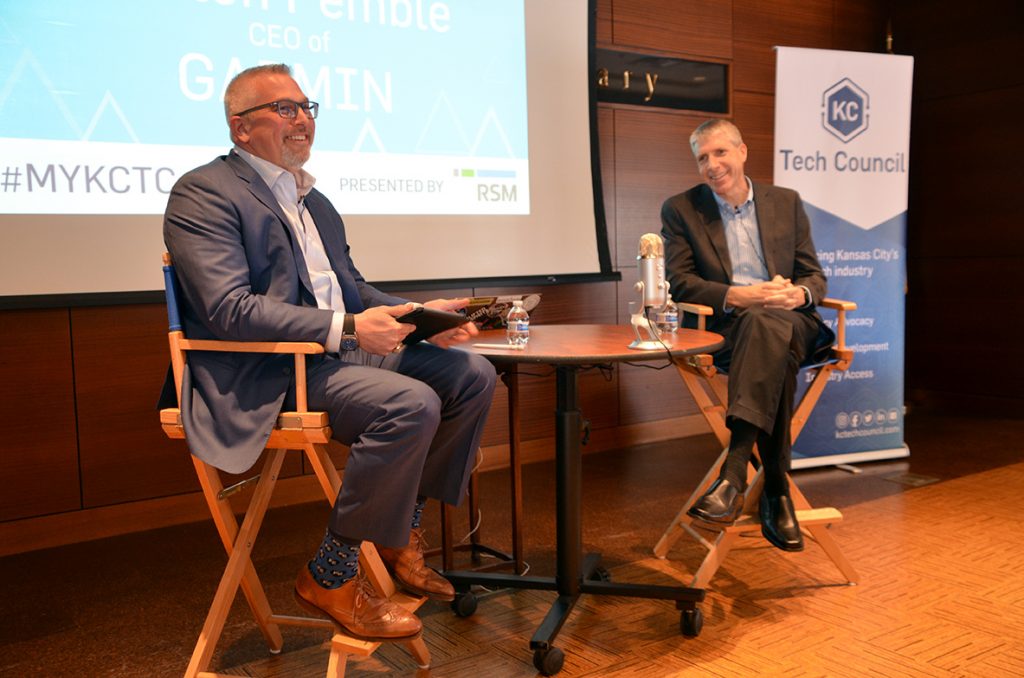
Joel Goldberg and Clifton Pemble, Garmin CEO
Best-kept secret: Kansas City
Kansas City’s location in the Midwest is a double-edged sword for Garmin.
“One of the big benefits for us is Midwest culture. I think Kansas City area is full of people who are friendly, hardworking, honest, and sincere. I think that just plays into and helps build cultures in companies like ours,” Pemble said. “But people ask, ‘Well, is it hard to recruit people here?’ And the answer is yes. You know, you can’t always bring people from the outside as easily as you can recruit locally.”
Recruiting in Kansas City, however, isn’t without its challenges. A 2017 report from KC Tech Council showed 4,699 tech jobs went unfilled at the end of 2016 because companies couldn’t access the right high-skilled workers.
“Finding people for any kind of tech job is really difficult,” Pemble told Startland. “And we focus on retention too, so we’re not just recruiting to replace people, but we’re recruiting to promote.”
Garmin has the most success recruiting individuals who already have a connection to the Midwest, whether through an existing job or a university in the region, he said. But the metro itself has been a key driver in appealing to candidates.
“Frankly, bringing somebody in from the Bay area and trying to convince them to come to Kansas City has not always been our easiest task,” Pemble said. “But when we show them the area, we show them the affordable housing, we show them access to things like sports and and the arts that are here in the Kansas City area. Most will say, ‘Wow, this is much different than I thought.'”
The booming tech scene also helps, he said, citing statistics from KC Tech Council President Ryan Weber, who said one in 10 workers in Kansas City are involved in the tech industry, and 3,700 companies across the metro are involved in tech.
“That’s really incredible and I think it shows the diversity of the kinds of roles that we have in this area,” Pemble said. “That’s really good for all of us because Garmin makes a certain kind of product and we certainly need people who have more specialized skills, but on the other hand, we’d like to be able to draw from the skills that we see going on in other areas of Kansas City. And other companies in the area recruit from Garmin, too. Having that diversity and being able to cross-pollinate just helps and boost the overall tech community in Kansas City.”
Innovation energy
Garmin can’t afford to rest on its success, Pemble said.
“If you’re not following and changing with the markets, then you’ll probably quickly be obsoleted,” he said. “And our goal is to not be obsoleted.”
Fortunately, fresh takes on how to apply Garmin’s technology are in plentiful supply within the company, he added.
“A lot of our great ideas have actually come from our people. Very few of the ideas that I have for products or markets get realized because CEOs’ ideas just aren’t that good,” Pemble said.
Noting a specific example in 2003, he said Garmin’s wearables were inspired by the initiative of employees working on GPS devices.
“We kept trying to shrink it and shrink it and shrink it, and it got to the point where it just wasn’t useful as a handheld device,” Pemble said. “Some of our runners started looking at that and said, you know, if we figured out a way to attach this to an arm, and maybe change the design here and there, we could actually have something that could be running device. And so that started what we call our ‘Forerunner’ line, and today that’s was one of our major franchises.”
Nearly three decades after its founding, the company still has room for its workers to contribute to Garmin’s history, he said.
“It’s a very large organization, but for myself — having come from being Employee No. 6 — I like to think of it still as a small culture. Most people probably don’t see it that way, but we try to be intentional about exploring and trying to learn new things, trying to grow and create energy,” he said. “Even people who maybe didn’t experience Garmin’s early growth or know what those stories from the early days are all about, can create their own stories within the organization and create success. So that gives an organization energy. We’re not doing the same old boring things all the time.”
The wrist of the story
Garmin is expected in June to take occupancy of a new, sprawling, 720,000-square-foot facility in Olathe, Pemble said.
“Back in 2016, we announced that we were going to invest more than $200 million to expand our aviation production, more than doubling our capacity to be able to build products for aircraft, as well as significantly increasing our distribution space,” he said. “We distribute all of our products into the Americas region from facilities, so we’re like our own Amazon, and we need the ability to sell big things, as well as small things that you put on your wrist.”
The move will allow Garmin to renovate its current production in Olathe into more space for engineers, marketing, sales and IT workers and others in the organization, he said.
Pemble is intrigued by advances in automation, artificial intelligence and self-driving vehicles, he said. A new production facility in Taiwan will begin exploring ways to integrate such technology into its operation, particularly as it relates to automation, Pemble said.
“What’s motivating us is not necessarily a desire to eliminate human content from production. It’s because we can’t find workers for production line work in warehouses because society is changing and people are aspiring to do different things,” he said. “So we’re able to automate our workforce with automation where it makes sense and it allows us to be productive and efficient.”
“We try to involve our workers with what’s going on,” Pemble added. “I think if a machine can come in and help — so that workers are not doing repetitive motions on a particular operation and they’re not getting carpal tunnel — they’re able to focus on higher level and actually create better products. I think when they realize the why, it’s a much easier story.”
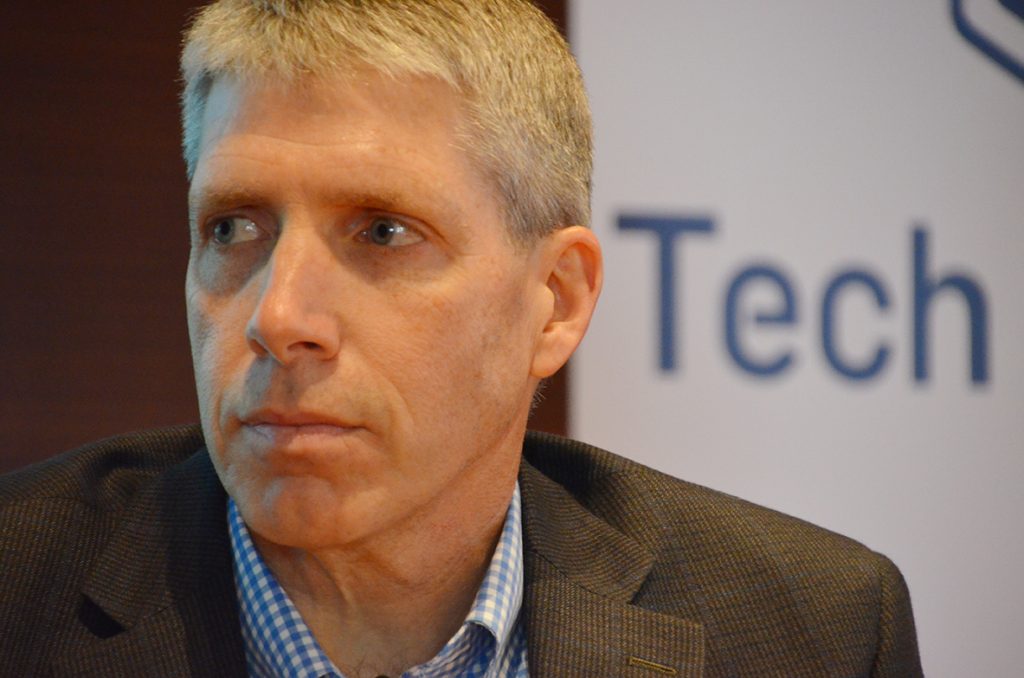
Clifton Pemble, Garmin CEO
Do I belong?
A year ago, Garmin’s Olathe campus was rocked by a shooting nearby at Austin’s Bar & Grill. Two associates on Garmin’s Aviation Systems Engineering team, Srinivas Kuchibhotla and Alok Madasani, were shot in the racially motivated incident. Kuchibhotla died.
The shooting was a “tragedy beyond words,” Pemble said.
“It shocked all of us to our cores. There’s no way you can prepare for that at any kind of level within the company,” he said. “You know, companies try to role play and be prepared for disaster and whatever kind of things might happen. But you can never really prepare for that.”
Pemble was, however, proud of how Garmin’s employees responded, he said. They jumped into action without being told to help.
“They stepped forward and showed exactly what the Garmin culture is all about, which is service,” he said.
The February 2017 shooting raised difficult questions for the company and its diverse workforce, Pemble said, noting reservations from one of the company’s vice presidents, who leads all of the programs in certifying new aircraft.
“He asked the question, ‘Do I belong here?’ And that’s just a heart-wrenching question,” he said. “But I think in his asking that question, and us hearing the question, and the community hearing that question, it allowed all of us to think about what’s important. It actually created a cohesiveness among our team.”
The answer was a resounding yes, Pemble said.
“I think he saw, and the families of the victims involved in this tragedy saw, a company with good hearts and a community that stepped forward,” he said. “This shooting isn’t what our community represents. It was an outlier and something that we reject.”



